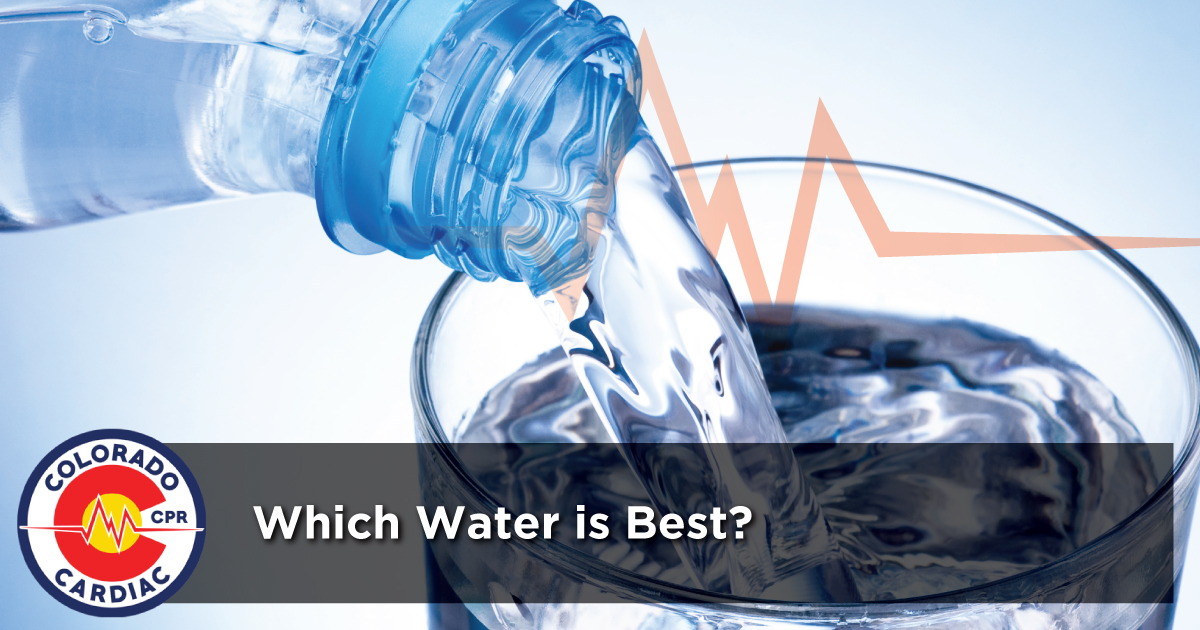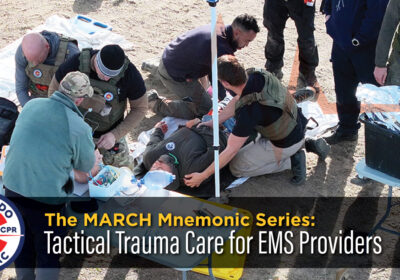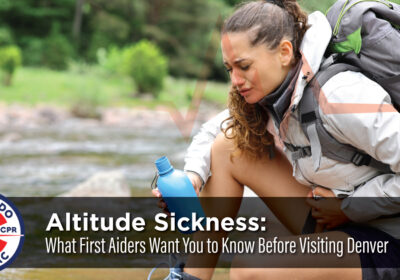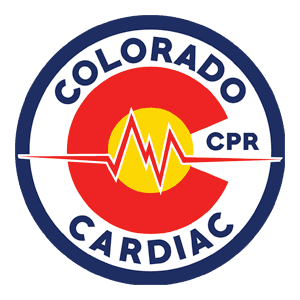Which Water is Best?

NEWS YOU CAN USE:
During the mid to late 1980s, the bottled water craze began sweeping across the United States (Insel, 2017). Grocery store shelves and convenience stores were suddenly filled with an array of bottled water brands, each claiming to offer something unique—whether it was purity, enhanced minerals, or a promise of health benefits. Consumers were left wondering: Is any of this water actually worth the price?
According to the International Bottled Water Association (IBWA), Americans consumed approximately 16.4 billion gallons of bottled water in 2024, spending an estimated $50.6 billion in the process. Bottled water remains the most consumed packaged beverage in the United States, outselling both carbonated soft drinks and other flavored beverages (IBWA, 2024).
But why do so many people continue to choose bottled water over tap water?
One key reason is the widespread belief that bottled water is safer or purer than what comes out of the tap. This perception, however, may not be entirely accurate. Research by the Environmental Working Group (EWG) found that approximately 64% of bottled water originates from municipal sources—essentially the same tap water available in homes, but sometimes filtered or treated slightly differently before being sold to consumers (New York Rural Water Association, 2025).
In other words, many consumers are paying significantly more for water that may not be any cleaner or healthier than what they can get at home for a fraction of the cost.
So, What Are You Really Buying?
With hundreds of bottled water products on the market—ranging from spring water and mineral water to enhanced and hydrogen-infused varieties—choosing the “best” water can quickly become overwhelming. Labels often highlight features like purity, pH balance, added electrolytes, or exotic sources like glacial streams. But more often than not, these claims are part of sophisticated marketing strategies rather than indicators of meaningful health benefits.
Insel and Wickstrom (2017) provide a helpful overview of bottled water types and how to interpret what’s actually in the bottle. Below is a simplified breakdown of the most common types of bottled water available to consumers:
🧴 Bottled Water
Many of the most popular bottled water brands are simply repackaged municipal tap water. These waters may undergo some additional filtration or purification before bottling, but their source is the same as what comes out of the tap in many homes.
💧 Spring Water
Sourced from underground formations where water naturally flows to the earth’s surface. It may be collected directly at the spring or via a borehole. While marketed as more “natural,” it is often subject to the same safety regulations as tap water.
🪨 Mineral Water
Comes from a protected underground water source and contains at least 250 parts per million (ppm) of naturally occurring dissolved minerals such as calcium, magnesium, potassium, and iron. These minerals must be present at the source and cannot be added later.
🧪 Purified Water
Derived from tap, well, or ground water and processed through reverse osmosis, distillation, deionization, or other methods to remove impurities, unpleasant tastes, and odors. It meets the U.S. Pharmacopeia standards for purity.
🧂 Electrolyte Water
Marketed primarily to athletes, this water contains added electrolytes such as sodium, potassium, and chloride to help replace what’s lost through sweat. However, for most people—including moderate exercisers—electrolyte water offers little added benefit.
⚡ Enhanced Waters
These include added vitamins, minerals, or herbs and often come in sugar-sweetened or sugar-free varieties. They may sound beneficial, but it’s important to check the label—many are high in calories or contain artificial additives.
🧬 Alkaline Water
Altered to have a higher pH level (typically 8 or 9), alkaline water is promoted as a way to neutralize body acidity, enhance hydration, and reduce disease risk. However, scientific support for these claims remains limited (Mayo Clinic, 2023).
🫧 Hydrogen Water
Plain water infused with molecular hydrogen gas, which is claimed to act as an antioxidant and reduce inflammation. While early research is ongoing, there is currently limited evidence to support most of these health claims.
🛠️ Distilled Water
Produced by boiling water into vapor and then condensing it back into liquid, this method removes virtually all minerals and impurities. Distilled water is ideal for appliances like irons or medical devices (e.g., CPAP machines) but is not necessary—or even ideal—for regular hydration.
🌍 Artesian Water
Collected from a confined aquifer—an underground layer of rock or sand—that is tapped through a well. Pressure forces the water to the surface naturally. This water is often marketed for its mineral profile and perceived purity.
🪨 Ground Water
Held naturally in soil, sand, and rock crevices below the earth’s surface. When accessed and bottled, it’s regulated under the same standards as other drinking waters.
🚰 Tap Water
Commonly known as municipal water, it is distributed through a public system to homes and businesses. It is strictly regulated in the U.S. by the Environmental Protection Agency (EPA) and typically contains fluoride and other additives to support public health.
🏡 Well Water
A form of groundwater drawn from an underground aquifer via a well. In rural areas, this can be a primary water source. While it can be clean and safe, well water is not regulated by the EPA and requires regular testing by the owner.
What you can do:
While bottled water may offer convenience and portability, it’s not always the healthiest or most sustainable option. In fact, many popular brands are simply repackaged tap water—sold at a significant markup. Beyond the financial cost, there’s also a considerable environmental toll: the production and disposal of plastic bottles contribute to pollution, greenhouse gas emissions, and overflowing landfills.
If you have access to safe municipal water, opting for a reusable bottle and a simple home filtration system is often a smarter, more cost-effective, and eco-conscious choice.
By understanding what you’re actually buying—and questioning the marketing behind it—you can make informed decisions that benefit your health, your wallet, and the planet.
Additional Information
- For American Heart Association BLS -CPR, First Aid, PALS certification training, contact our office at 720.639.2623 or www.3cpr.org
- For Mental Health First Aid certification or mental health workplace workshops, contact Mark at ts@3cpr.org
- For tailored Health and Wellness Lunch & Learn sessions or presentations, contact Mark at ts@3cpr.org
- When enrolling for a CPR, First Aid, ACLS, BLS, or PALS class, use the promo code 3CPRblog for a 15% discount!
BLOG WRITTEN BY:
Sophie Mabry, M.A.,
ACSM Exercise Physiologist, Exercise is Medicine II, Certified Health and Wellness Coach, Sports Nutritionist, Mental Health First Aid Responder, BLS CPR and First Aid Instructor, former EMS professional.
REFERENCES:
- Culora, J. (2025). Study Shows Nearly 64% of Bottled Water in America is Just Tap Water: Here’s the Brands. GlobeNewswire by Notified. Retrieved May 25, 2025, from http://globenewswire.com
- Environmental Working Group. (n.d.). Bottled water quality investigation. https://www.ewg.org/research/bottled-water Accessed May 25, 2025
- Insel, P. M., & Wickstrom, S. A. (2017). Nutrition (6th ed.). Jones & Bartlett Learning.
- International Bottled Water Association. (2024). 2024 bottled water consumption statistics. https://www.bottledwater.org Accessed May 25, 2025
- Mayo Clinic. (2023). Is alkaline water better for you than plain water? https://www.mayoclinic.org Accessed May 25, 2025
- New York Rural Water Association. (2025). Tap vs. bottled water: What’s the difference? https://www.nyruralwater.org Accessed May 25, 2025
Related Posts

The MARCH Mnemonic Series – Tactical Trauma Care for EMS Providers
When seconds count and conditions are unpredictable, the MARCH mnemonic. provides a clear, evidence-based sequence…

Tourniquets: From Controversy to Cornerstone in Bleeding Control
The use of tourniquets has transformed modern trauma care. Once considered a last resort, they…

Altitude Sickness: What First Aiders Want You to Know Before Visiting Denver
Denver, Colorado, is famous for its sunshine, mountain views, and “Mile High City” nickname. But…
